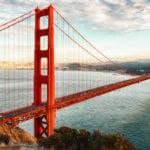 Mysteries
Mysteries  Mysteries
Mysteries  Creepy
Creepy 10 Scary Tales from the Middle Ages That’ll Keep You up at Night
 Humans
Humans 10 One-of-a-kind People the World Said Goodbye to in July 2024
 Movies and TV
Movies and TV 10 Holiday Movies Released at Odd Times of the Year
 Politics
Politics 10 Countries Where Religion and Politics Are Inseparable
 Weird Stuff
Weird Stuff 10 Freaky Times When Famous Body Parts Were Stolen
 Miscellaneous
Miscellaneous 10 Interesting Things Manufacturers Stopped Making and Why
 Gaming
Gaming 10 Funny Tutorials in Games
 History
History 10 Fascinating Little-Known Events in Mexican History
 Facts
Facts 10 Things You May Not Know about the Statue of Liberty
 Mysteries
Mysteries 10 Devastating Missing Child Cases That Remain Unsolved
 Creepy
Creepy 10 Scary Tales from the Middle Ages That’ll Keep You up at Night
 Humans
Humans 10 One-of-a-kind People the World Said Goodbye to in July 2024
Who's Behind Listverse?

Jamie Frater
Head Editor
Jamie founded Listverse due to an insatiable desire to share fascinating, obscure, and bizarre facts. He has been a guest speaker on numerous national radio and television stations and is a five time published author.
More About Us Movies and TV
Movies and TV 10 Holiday Movies Released at Odd Times of the Year
 Politics
Politics 10 Countries Where Religion and Politics Are Inseparable
 Weird Stuff
Weird Stuff 10 Freaky Times When Famous Body Parts Were Stolen
 Miscellaneous
Miscellaneous 10 Interesting Things Manufacturers Stopped Making and Why
 Gaming
Gaming 10 Funny Tutorials in Games
 History
History 10 Fascinating Little-Known Events in Mexican History
 Facts
Facts 10 Things You May Not Know about the Statue of Liberty
10 Common Myths About Famous Landmarks
Myths and misconceptions exist about even the greatest and most famous landmarks in the world. Heck, you were probably even taught some of them as fact in school. Here are ten.
10

Situated inside Moscow’s Red Square, Saint Basil’s Cathedral has tall towers and multi-colored spirals that wouldn’t look out of place in a Disney cartoon. It has been designated a world heritage site by the history nerds at UNESCO. The cathedral was built from 1555–1561 under orders from Ivan the Terrible and apparently the architects did a pretty good job—legend has it that Ivan the Terrible blinded them afterwards so that they could never design anything better.
However, records show that a quarter of a century later and four years after Ivan’s death they were employed again to add an extension to the cathedral. This is an unlikely feat for blind architects, unless they had some particularly clever seeing-eye-dogs. Maybe this Ivan guy wasn’t so terrible after all.
9

Maybe you’re wondering how your old pal The Queen is doing, and feel like popping in for some tea and a crumpet. Of course you won’t need to look up her residence, because everybody knows it—Buckingham Palace, right?
Sort of. Sure, Her Royal Highness may technically live at Buckingham Palace, but she’s clearly slightly embarrassed by this fact as she continues to call St. James’ Palace her official place of residence, as it has been for British sovereigns for over 400 years.
It was built by Henry VIII between 1531 and 1536, and was where British royalty lived until 1837. When Queen Victoria took the throne she made her home in Buckingham Palace—a trend that has apparently stuck, though not on paper.
8

Do you have an insatiable thirst for murder? Popular wisdom on the internet would say that all you need to do is lure your target to the front of the Empire State Building and drop a penny on them from the top floor. By the time it reaches them, it will have reached speeds capable of killing them instantly. Hey, who are the police going to arrest? Isaac Newton?
Fortunately for residents of New York City, the internet has got it wrong again. The small, flat shape of a penny means that when it falls it will be subjected to massive amounts of wind resistance. Unless you know of a way to suck all the air out of New York City and drop the penny into a vacuum, the penny will quickly reach terminal velocity—a constant speed where the penny cannot accelerate any more. At this speed, a dropped penny may hurt a little but is totally unable to pierce a human skull.
7
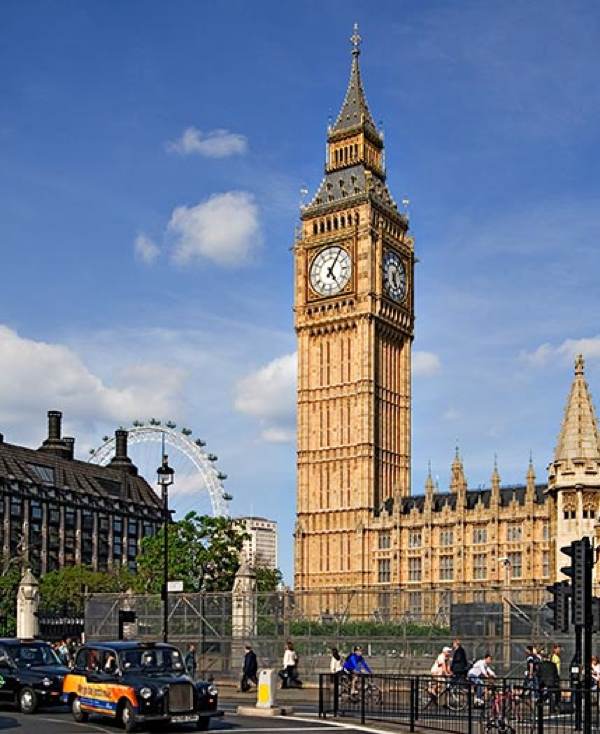
England: home to The Queen and rain. You’ll also find Big Ben, a huge clock-tower that looks over the capital. If you’ve ever seen a movie or TV show set in London, there’s a good chance you saw it in an establishing shot.
However, that isn’t actually the name of the clock-tower. That’s a myth repeated so much by tourists that if you repeat it in front of a policeman, they’re legally entitled to shoot you. “Big Ben” is actually the name of the bell inside the tower—the tower itself is called “Elizabeth Tower.”
6
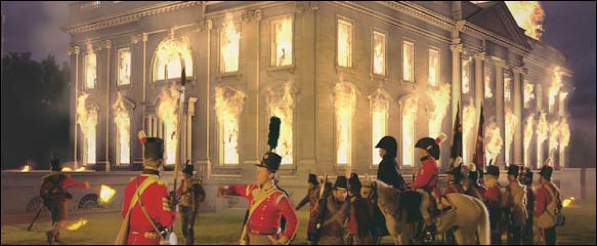
Legend has it that when the White House was built between 1792 and 1800 it was grey, and the white came later. In 1814, whilst the War of 1812 was still raging, British forces did something totally out of character and set fire to the White House. When the fires had been put out and the building repaired, the White House was repainted white, henceforth to be known as the White House.
Part of this story is true: the British did burn down part of the White House in 1814. However, the “white” part of the White House predates the fire by a good sixteen years. It got its iconic paint job as early as 1798 when it was given a coat of whitewash to protect it from the winter weather. More damningly, it was already known as the White House to the British in 1811, years before the fire.
5

It’s always strange to hear when someone says that Washington DC has no skyscrapers. After all, it’s the capital city of one of the most powerful countries in the world. Well if you’re wondering, that’s because local laws prevent anything being built taller than the dome of the United States Capitol, because nothing can be bigger than politics in this town.
Lies. The reason that buildings in Washington DC are so short isn’t because politicians have an inferiority complex over the size of their dome, it’s because the Height of Buildings Act of 1910 limits building heights to no more than the width of the street plus 20 feet (6 meters). Why? Blame Thomas Jefferson. He wanted Washington DC to be “low and convenient,” a vision that made it into law.
4

Galileo was an Italian Physicist, Mathematician, Astronomer and Philosopher responsible for dozens of experiments. His most famous, of course, is when he dropped two cannonballs from the Leaning Tower of Pisa to demonstrate that two similar falling bodies of different mass will fall at the same speed.
However, it is doubtful it ever actually happened. Historians think that the whole story was made up in order to make Galileo seem like some sort of science god or that he did it as a “thought experiment,” a hypothetical experiment not involving actually doing anything.
3
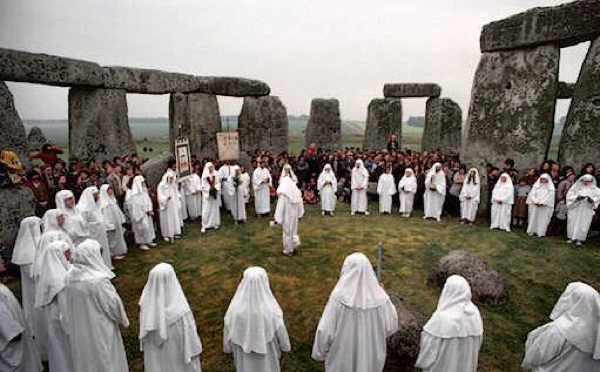
If you were to ask anyone on the street who built Stonehenge, there’s a very good chance they’ll reply with “druids.” After all, just look at it! There’s no way that some sort of mystical ritual didn’t take place in there.
Well, sorry to ruin this for you, but Spinal Tap lied to us. The link between Druids and Stonehenge was made in 1640 by archaeologist John Aubrey using the age-old scientific method of “pulling it out of his butt.”
In fact, modern archeologists seem to think that Stonehenge was built by everybody but the Druids, with current theories arguing that stonehenge construction was not at any one time, but added to over the course of hundreds of years. Recent radiocarbon dating of Stonehenge has identified the first stones as being raised between 2400 B.C. and 2200 B.C., while most recent evidence of construction in the area dates to 1600 B.C.—well before druids occupied the region.
2

For those of you who didn’t pay attention in school, the Hoover Dam is one of the world’s largest dams. Its construction between 1931 and 1936 was a mammoth task, resulting in over 96 deaths. According to popular belief, many of these workers were buried inside the concrete of the dam, a resting place they occupy to this day.
While it’s true that at least 96 men died during construction, none of them are entombed inside the dam. The dam was built from thousands of interlocking concrete blocks. These blocks were poured individually over time, and it’s virtually impossible that anyone could have been buried inside with no chance of recovery.
Another interesting fact about the Dam is that the first man to die in its preparation—J. G. Tierney—was the father of the last man to die in its construction—Patrick W. Tierney, . . . 13 years to the day later.
1
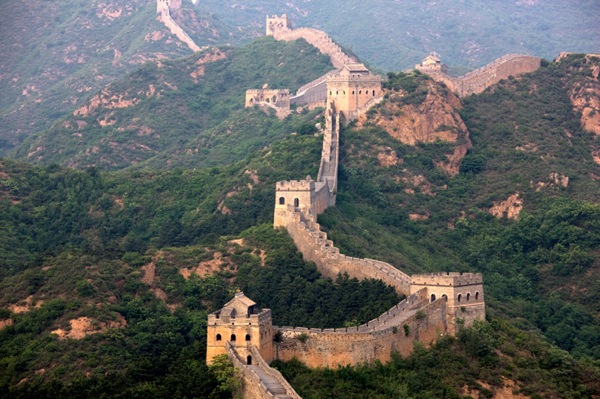
The Great Wall of China represents one of the biggest construction projects in history. It seems entirely plausible that the whole thing can be easily seen from space—it is the world’s longest wall, after all.
Or so you would think. It turns out that the wall isn’t visible from space, a point that was clarified in 2003 by Yang Liwei, one of China’s own astronauts and a man who would definitely know where to look. The Chinese government has now vowed to remove that myth from every student textbook in the country.
Former NASA astronaut Jeffrey Hoffman says that although he couldn’t see the Great Wall of China from space, he could make out runways, desert roads, and irrigation ditches, simply because they contrasted with their surroundings.
You can find more words from Adam at his site or at Cracked.com. He also has Twitter.
